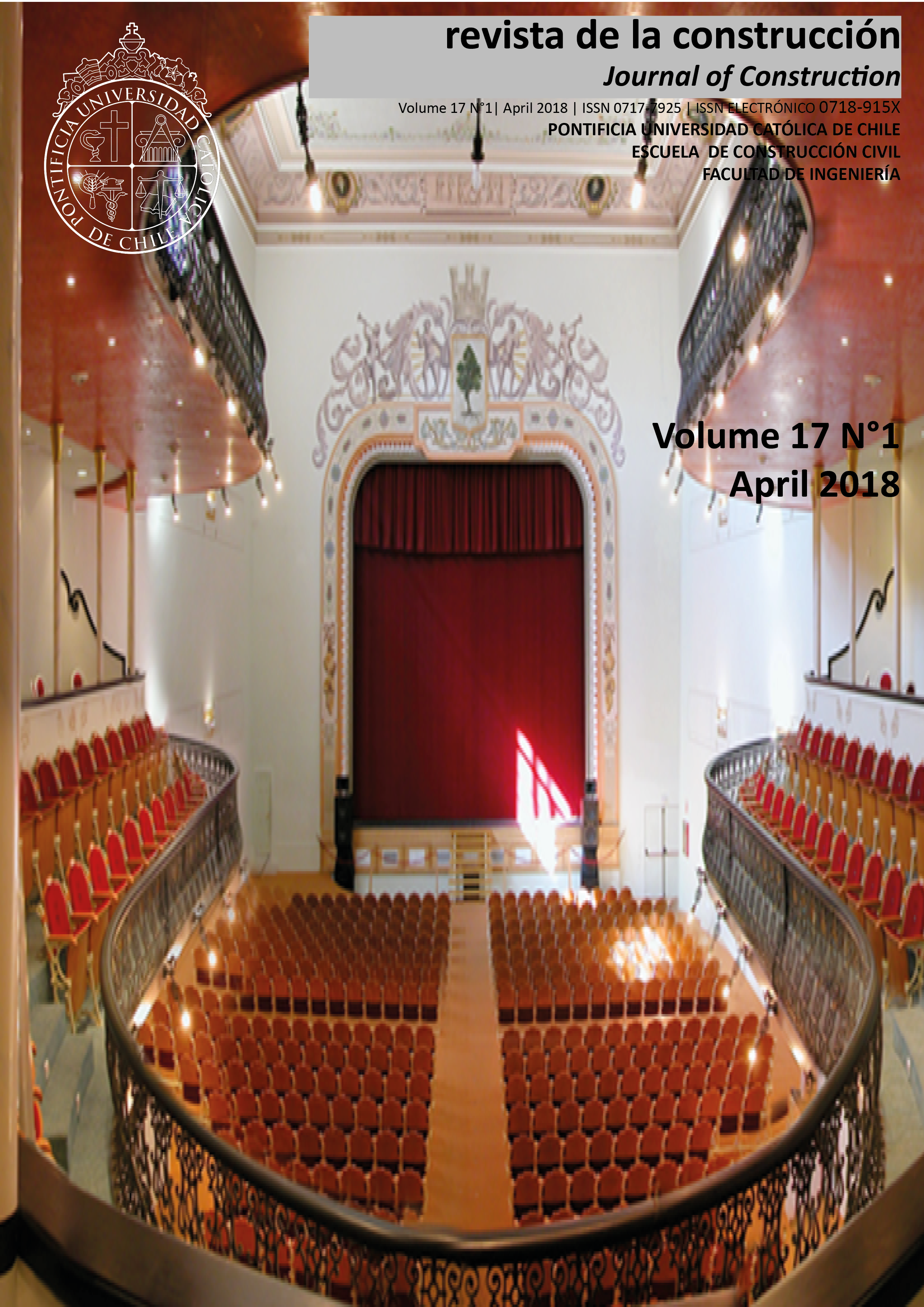Design and construction recommendations for connections arrangement in anchored veneers with continuous air cavity
DOI:
https://doi.org/10.7764/RDLC.17.1.137Keywords:
Brickwork, Masonry, Wall ties, Self-supporting wall, Restraint connectionAbstract
The optimization of connections arrangement to guarantee the anchored veneers with continuous air cavity stability is necessary, for better performance and durability of the façade. In this paper, different arrangements for the anchors to structure and different kinds of inner leaf are proposed, with the aim of selecting the best for the behavior of the façade against wind actions in cases of residential buildings. A very significant increase in stiffness is observed simply placing the anchors to the structure alternately to one side and the other of the structural element, and it is still more when there are wall ties between leaves, especially to a brickwork inner leaf.
Downloads
Downloads
Published
How to Cite
Issue
Section
License
Copyright (c) 2019 Ángeles Mas, Jose Vercher, Francisco Cubel, Enrique Gil, Carlos Lerma

This work is licensed under a Creative Commons Attribution-NonCommercial-NoDerivatives 4.0 International License.








